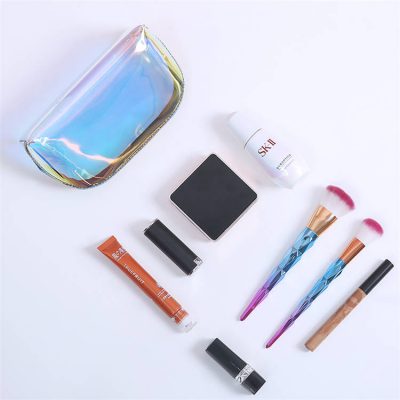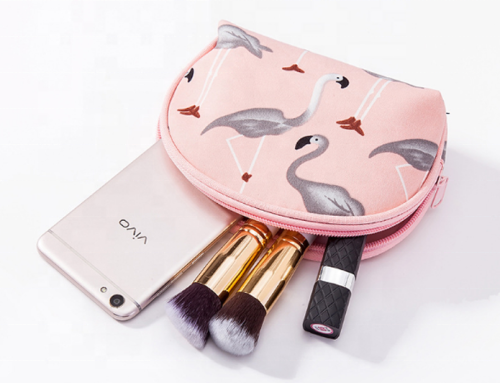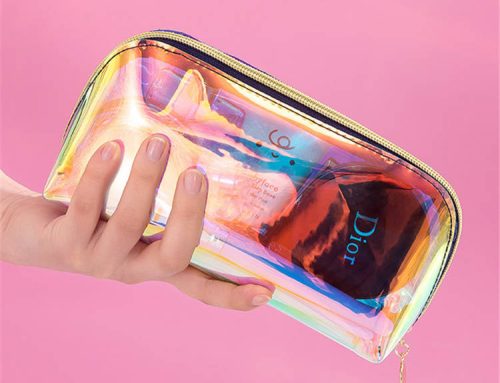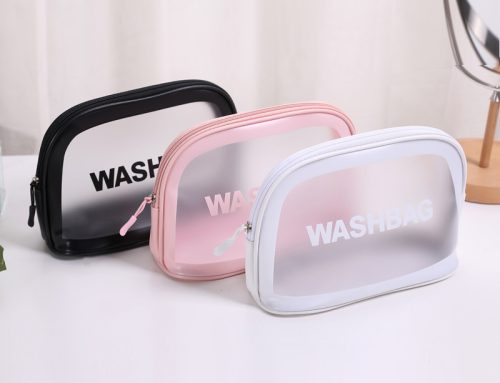The printing technology used for cosmetic bags varies depending on factors like the material of the bag, the desired design complexity, the volume of production, and the available budget. Here are some common printing methods used for cosmetic bags:
- Screen Printing: Screen printing is a popular method for printing designs onto fabric and other materials. A stencil is created for each color in the design, and ink is forced through the stencils onto the bag’s surface. This method is great for simple and bold designs, but it may not be ideal for intricate details or gradients.
- Digital Printing: Digital printing involves directly transferring the design onto the bag’s surface using inkjet technology. It is suitable for both simple and complex designs, including photographs. Digital printing allows for more color variation and intricate detailing compared to screen printing.
- Heat Transfer Printing: This method involves transferring a design from a special heat transfer paper onto the bag using heat and pressure. It’s versatile and can work well for a variety of materials, including fabrics and synthetics.
- Sublimation Printing: Sublimation involves transferring a design from a special sublimation paper to the bag’s surface using heat. The ink turns into gas and permeates the bag’s material, resulting in vibrant and long-lasting prints. Sublimation works best with polyester and polymer-coated materials.
- Embroidery: Instead of printing, some cosmetic bags feature embroidered designs. This method involves stitching the design onto the fabric, creating a textured and durable effect.
- Foiling: Foil printing adds a metallic or reflective finish to the design. It involves applying a layer of foil to specific areas of the bag using heat and pressure.
- UV Printing: UV printing uses ultraviolet light to cure or dry the ink as it’s printed onto the bag’s surface. This method can produce durable and high-quality prints, often with a glossy finish.
- Laser Printing: Laser printing is a method that uses laser technology to print designs onto various surfaces, including fabric and leather. It can be used for detailed designs and can create a unique, etched appearance.
- Direct-to-Garment (DTG) Printing: Similar to digital printing, DTG involves printing designs directly onto fabric using specialized inkjet printers. It’s suitable for small production runs and intricate designs.
- Hand-Painted or Hand-Dyed: For artisanal or customized cosmetic bags, hand-painting or hand-dyeing techniques can be used to create unique and artistic designs.
The choice of printing technology depends on factors like the type of cosmetic bag material, the desired design outcome, the production volume, and the budget available. Each method has its strengths and limitations, so it’s essential to choose the one that aligns with your design goals and production requirements.






